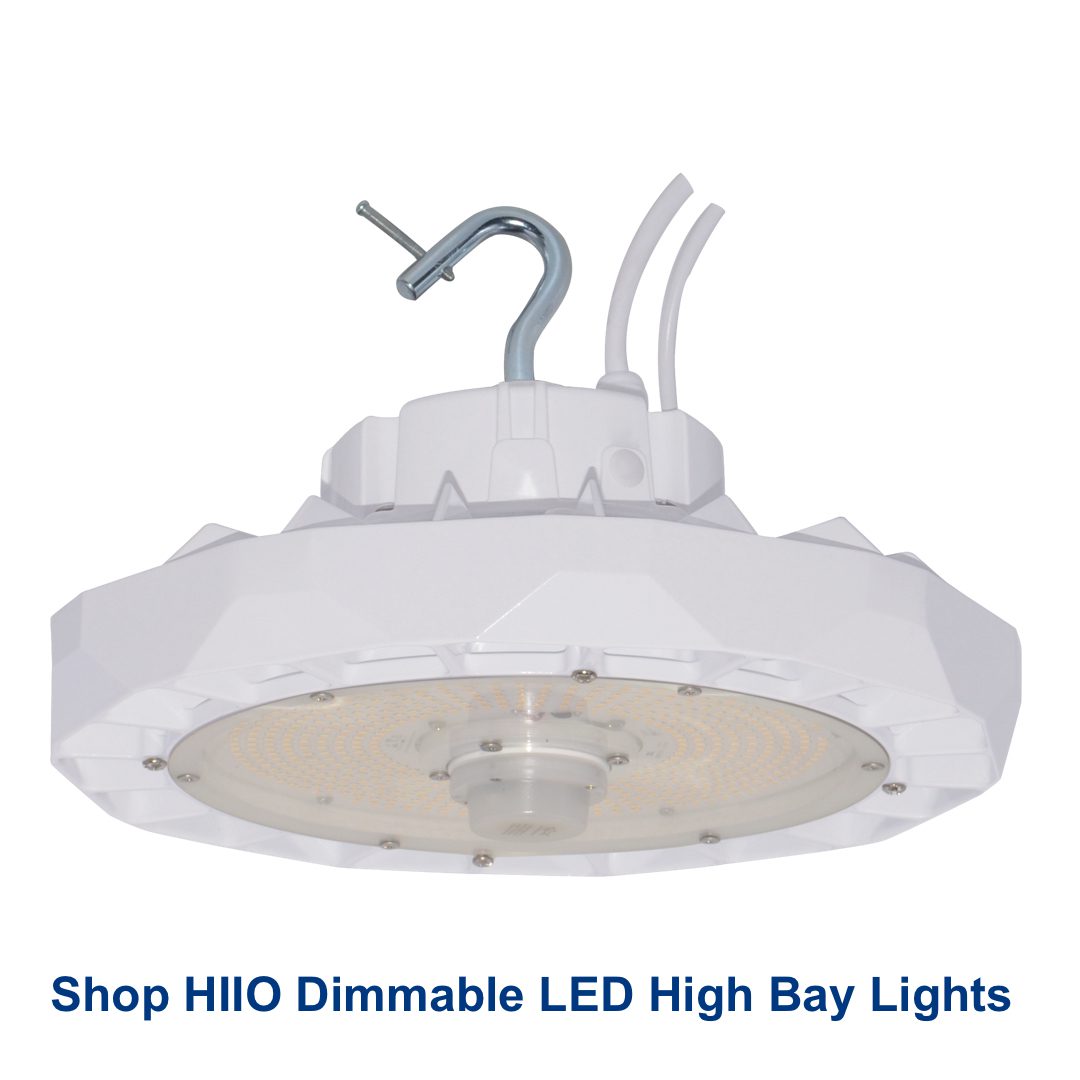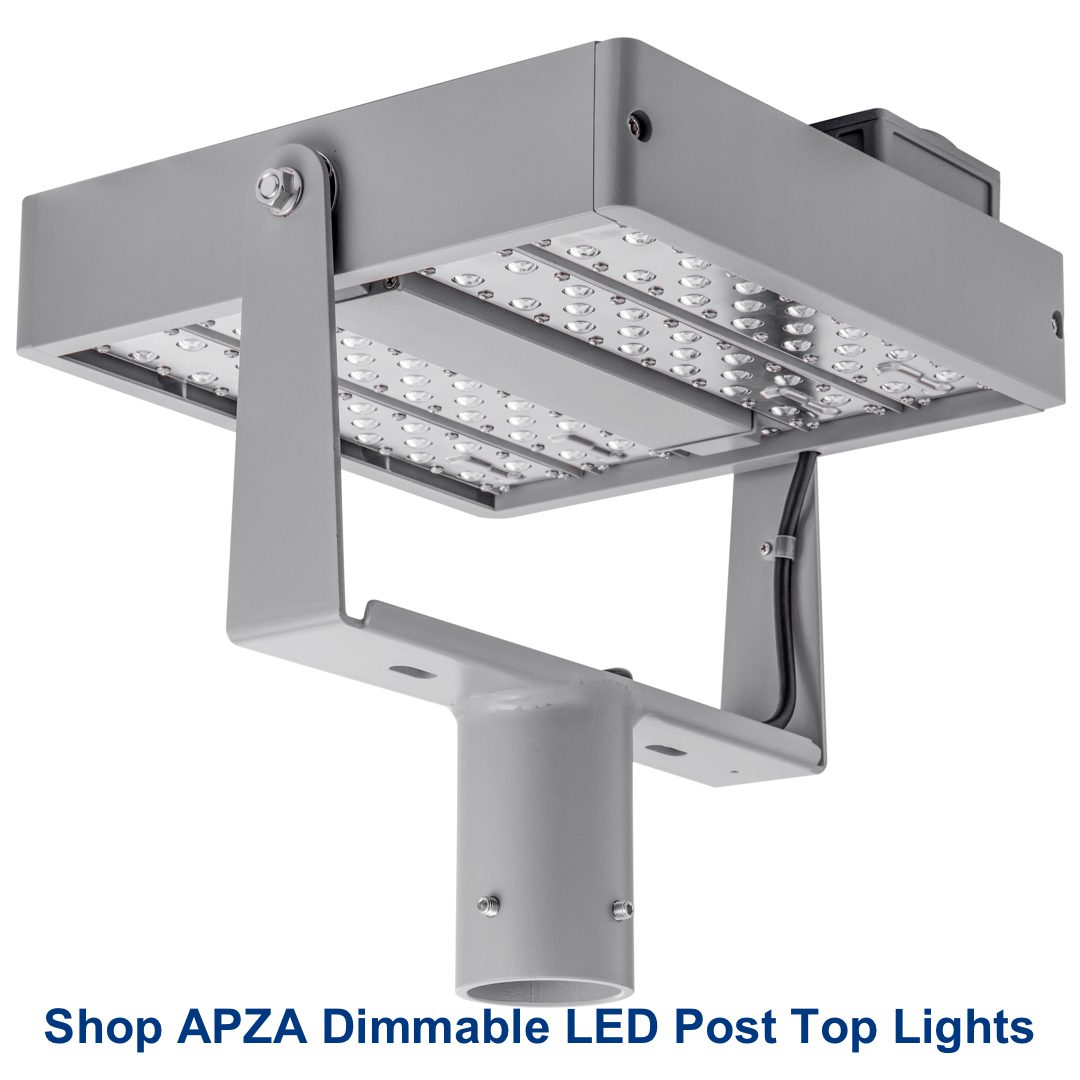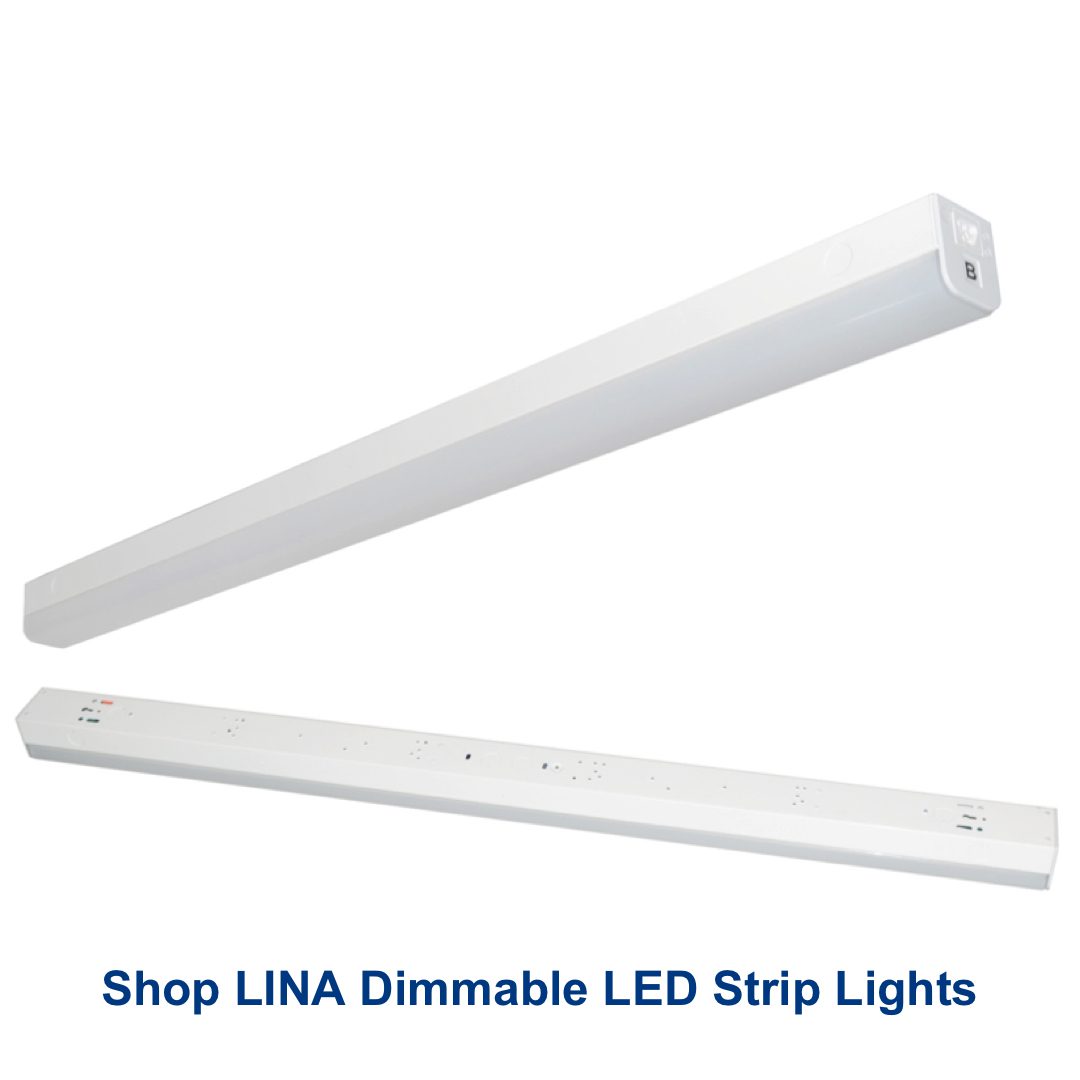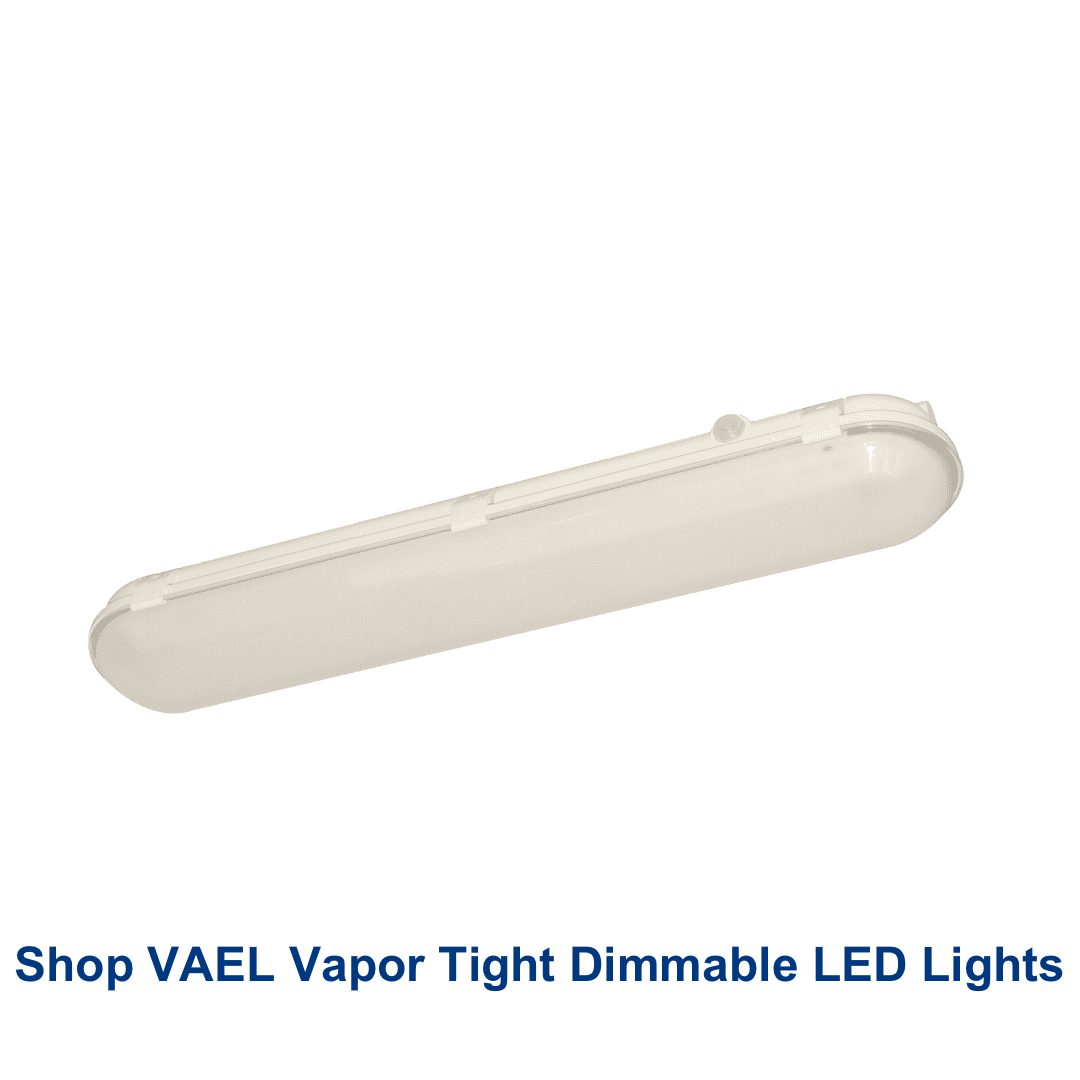What Is a 0-10v Dimmer or a 1-10v Dimmer?
0-10v dimming and 1-10v dimming are a lighting control methods that use a low voltage, direct current (DC) circuit between 0 and 10 volts or between 1 and 10 volts to control the amount of light emitted by the LEDs in LED light fixture. Changing the voltage in the low voltage circuit, which is typically done by a sliding switch, changes the light level.
At 0 volts, the light will dim to its minimum light level, though typically requires a switch to turn the lights completely off. With varying intensity levels, using a 0-10v dimmer allows you to choose what light level you require based on how you are using it in that moment. A 1-10v dimming is similar, with the exception that 1-10v dimming only dims the LED light fixture down to 10% of the maximum light output of the LED light fixture.
Are 0-10v Dimming and 1-10v Dimming Different Than Other Dimming Methods?
Yes. 0-10v dimming and 1-10v dimming are completely different than dimmers that are used for incandescent light bulbs. As noted, 0-10v dimming and 1-10v dimming have a separate low voltage DC circuit to control the light level, while incandescent fixtures use a line voltage dimmer to increase and decrease light levels. The exception for LED light fixtures are some residential light fixtures. You have to know which type of dimming system is required. A line voltage dimmer will destroy the driver in a LED light fixture that has a 0-10v or 1-10v dimming driver. A 0-10v or 1-10v dimmer will not be able to be wired to a LED fixture that supports line voltage dimming.
How Do You Know if a LED Fixture Requires a Line Voltage Dimmer or Requires a Dimmer With a Low Voltage DC Circuit?
The rule of thumb is a residential LED light fixture will probably be able to be dimmed by a line voltage dimmer and a commercial/industrial LED light fixture will be require a dimmer with a 01-0v or 1-10v DC dimming circuit. NEVER go by the rule of thumb. You MUST read the specifications for the LED light fixture. Some LED light fixtures are not dimmable. If the LED light fixture is dimmable, it needs the correct dimmer.
Assuming that you have the LED light fixture in front of you, it is easy to discern if the LED fixture uses line voltage dimming or a 0-10v or 1-10v dimming circuit. If the LED fixture has only 3 wires, it uses line voltage dimming. If the LED light fixture has 5 wires or 7 wires, it uses a low voltage dimming circuit. For more information on LED fixtures with 7 wires, click this link.
Caution Using 0-10v Dimmers or 1-10v Dimmers
0-10-volt dimming drivers produce varying light intensities from 0% to 100%, while 1-10v dimming drivers produce light intensities from 10% to 100%. The 0-10v or 1-10v voltage dimmer control is the same with the difference being the LED driver. The design of a dimming control may cause the fixtures to continually run, albeit at a low power even if the dimmer is turned all the way down. A low voltage dimming control with a separate on-off power control is preferred. If your low voltage dimming control does not have the ability to entirely switch off the power, an additional relay or switch should be installed to avoid wasting electricity and burning out the LED driver.
Is There Different Wiring for Line Voltage Dimming and 0-10v or 1-10v Dimming?
Line voltage dimming uses a basic 3-wire power supply that has 2 wires and a ground. That is the wire that is commonly found running between a switch on a wall and a light fixture. 0-10v and 1-10v dimming drivers require 5 wires. 3 of the the wires are the 2 line voltage wires and the ground wire, while the additional 2 wires, typically purple and gray, are for the low voltage control. Low voltage dimming uses 5 wires.
What if the LED Light Fixture Has a 0-10v or 1-10v Dimming Circuit and the Line Between the Switch and the Light Fixture has Only 3 Wires?
3 wires can’t support a 0-10v or 1-10v dimming driver circuit.
Option 1: Rewire the connection between the switch and the LED light fixture. but that can be messy and/or expensive.
Option 2: Connect a low voltage dimming switch to the low voltage wires on the LED dimmable driver. This works, but it pretty much a “set it and forget it solution” as the dimming control is usually installed on or in the LED light fixture and accessing the control is difficult.
Option 3: Get a remote low voltage dimming control. A remote low voltage dimming control has 2 primary components. The first is the dimming control that is connected to the 2 wires that control dimming on a 0-10v or 1-10v LED dimming driver. The control is powered by the LED driver and pretty much never has to be accessed once connected. The second component is the remote control. The remote control, which is powered by a battery, is either hand-held or installed in the wall depending on the design of the remote control.
Other Reasons That LED Light Fixtures Are Manufactured with 0-10v or 1-10v Dimming Drivers
Having 0-10v and 1-10v dimming drivers in LED light fixtures makes adjusting light levels easy. Today, a more important reason for wanting 0-10v and 1-10v dimmable drivers in a LED light fixture is to enable the LED light fixture to work with occupancy sensors and daylight harvesting. A microwave sensor can detect both the presence of a person and the ambient light provided by sunlight or a window. Changing the amount of light emitted by the LED light fixture reduces energy use and extends the life of the LED light. That brings us to future topics so be sure to frequently check out the Access Fixtures website.
Speak to an Access Fixtures Lighting Specialist about 0-10v and 1-10v Dimming
Are you looking for a fixture with 0-10v dimming? Call the lighting specialists at Access Fixtures today! We want to make sure you get the exact fixture for your needs, your budget, and your goals. We are passionate about lighting and love what we do—we’ll get you an answer. Contact us at 800-468-9925.
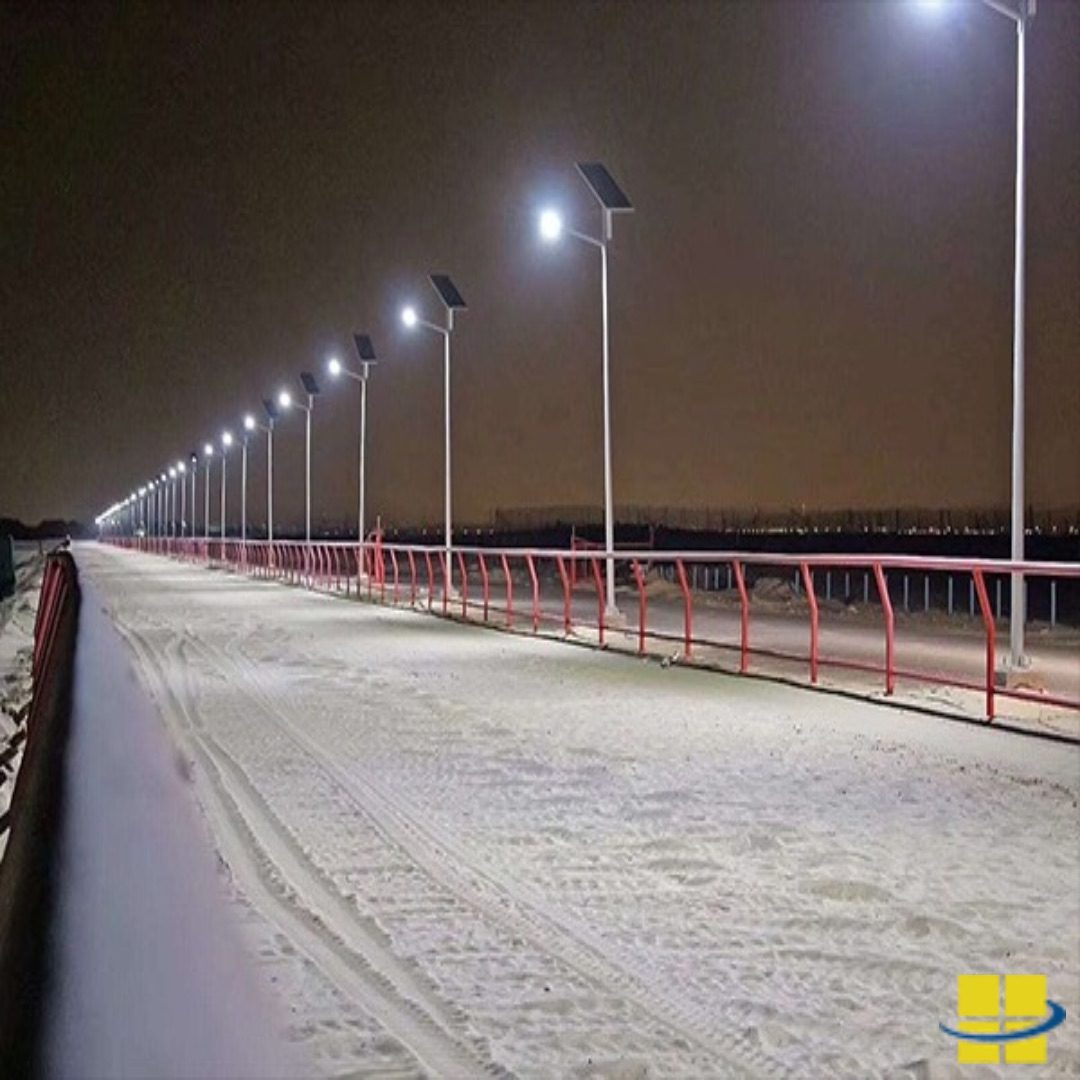
Transitioning To Commercial Solar Lighting – A Step-By-Step Guide
Simplify the transition to commercial solar lighting with a step-by-step guide. From planning and assessment to installation. Click for more.
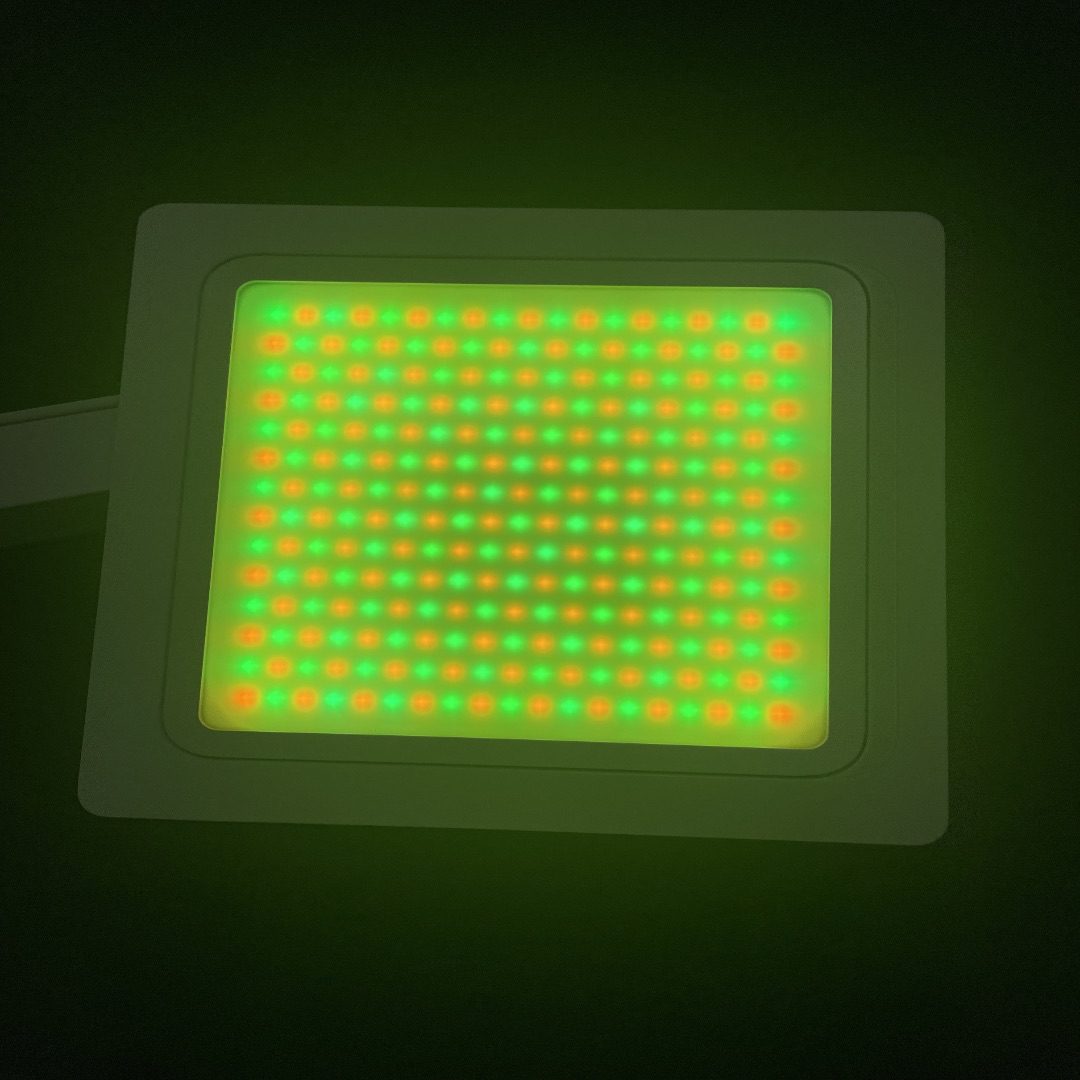
New FLAT and FLYT Next-Generation Gen 4 No UV LED Lights for Suspended Grid Ceilings
Access Fixtures FLAT and FLYT NO UV LED Lights for clean rooms and production facilities with no UV light under 450nm. Click for more.
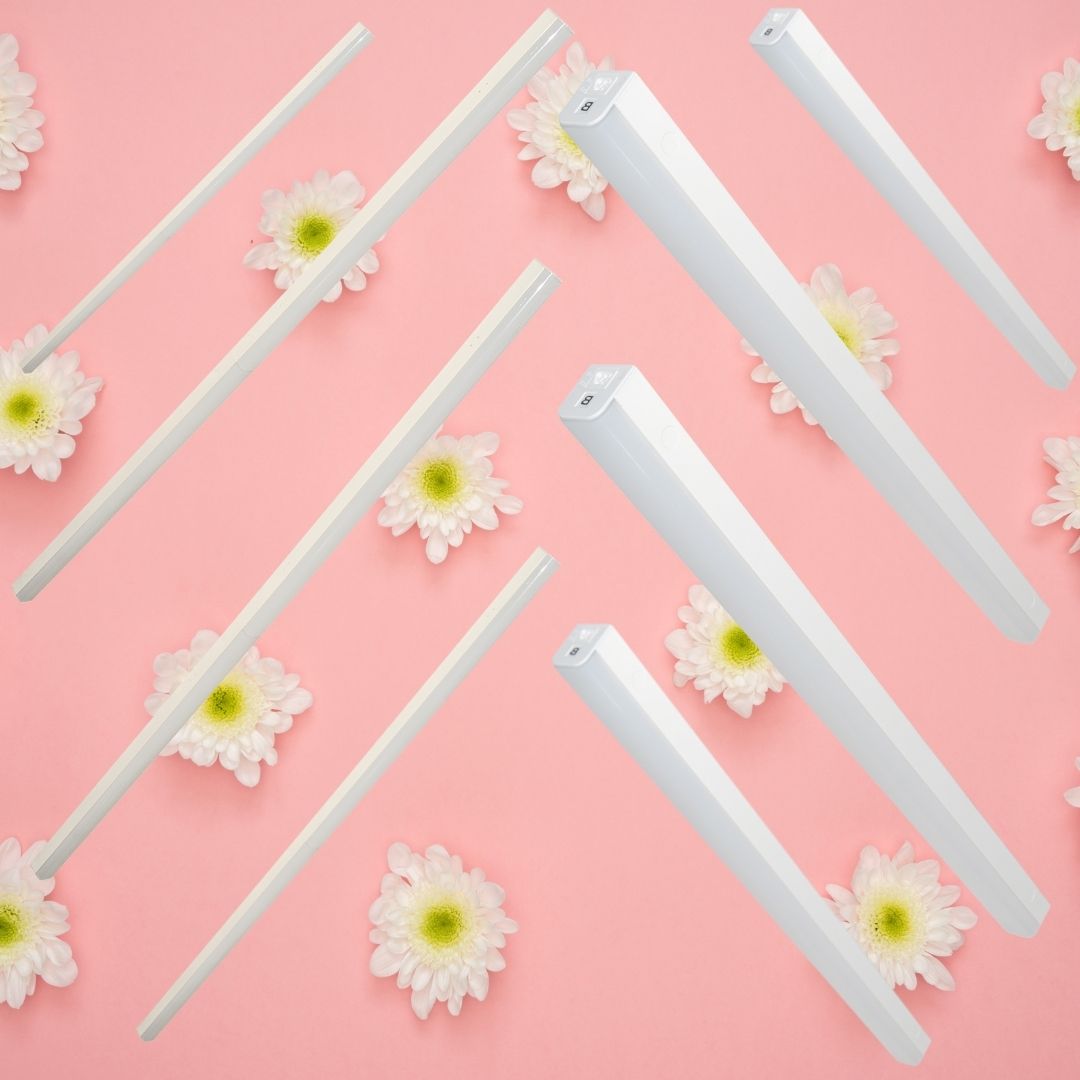
New LINA 4’ and 8’ LED Strip Lights from Access Fixtures
Access Fixtures, a Massachusetts-based commercial and industrial lighting manufacturer, has released a new line of linear LED light fixtures called LINA. This is a budget friendly LED Strip Light constructed from durable steel and white polycarbonate. This LED Strip...

